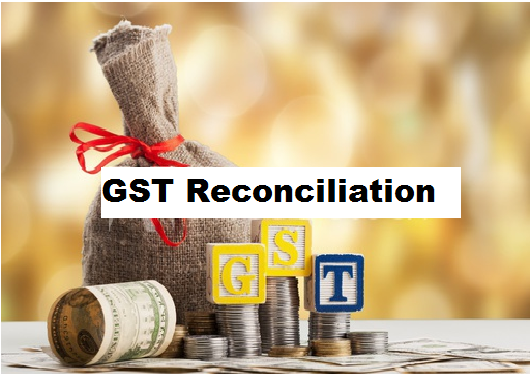Real-Time Reporting is the key to success in GST Reconciliation and Compliance. It is a process that takes accurate, timely, and reliable data and reports it for each financial transaction, allowing businesses to meet compliance standards set by tax authorities.
Given the complexity of GST regulations, businesses need to have a streamlined process in place to ensure that taxes are paid accurately and on time.
Real-Time reporting helps with this by providing visibility into the financial transactions associated with GST reconciliation. This allows businesses to identify discrepancies or errors quickly and take corrective action if needed.
Benefits of real-time reporting
There were several challenges that companies used to experience in meeting real-time reporting needs. But with revolutionary advancements in the business world and real-time data transactions, things have become more simplified. Real-time data transaction offers the following benefits:
- Improved accuracy: By accessing accurate and timely information, businesses can quickly identify discrepancies in their GST transactions and rectify them before they become a problem. This helps to ensure compliance with GST regulations. Since there is no redundant, missing, or wrong information, real-time reporting becomes a benefit.
- Increased Efficiency: Automating the process of collecting, analyzing, and reporting financial data associated with GST compliance reduces manual work and allows businesses to focus their resources on other areas. Since it is associated with reduced human errors, you can acquire more timely resolution, thereby saving time, capital, and effort.
- Reduced Costs: Implementing real-time reporting systems eliminates the need for additional staff or outsourcing for tax filing, thereby reducing costs associated with manual processing and improving operational efficiency. It eliminates the expenses associated with rectifying errors, so the time spent and money spent gets minimized.
- Improved Reporting: Real-time reporting also allows businesses to create more accurate and reliable financial statements, as they can easily access the real-time and up-to-date raw data associated with their transactions.
- Recording and maintenance of reports: Digital reporting allows you to keep track of files in real-time, eliminating the need for physical file collection and storage expenses.
- Promotes tax compliance and mitigates tax frauds: By providing accurate and reliable financial data on a real-time basis, businesses can ensure their compliance with GST regulations, avoid penalties and fines, and save time. Moreover, as businesses can track and monitor their transactions in real-time, they are better able to identify potential fraud or tax evasion activities.
e-Invoicing and real-time reporting
Real-time reporting and e-invoicing are two important technologies that can help businesses improve their GST reconciliation and compliance. Both technologies have the potential to reduce administrative costs, speed up the process of filing taxes, and improve accuracy in financial transactions.
e-invoicing is a technology that enables businesses to send invoices electronically instead of via paper or other physical means. This eliminates manual data entry and reduces paperwork for both companies and tax authorities. It also helps prevent errors during invoice reconciliation since information is available immediately upon receipt.
Plus, it allows businesses to better track payments and other fees associated with GST filings, thus improving compliance. Real-time reporting goes hand in hand with e-invoicing, as it helps businesses to track and monitor their financial transactions in real-time.
Real-Time Reporting also enables businesses to create more accurate and reliable financial statements since they can access the raw data associated with their transactions.
How to incorporate real-time reporting in your GST compliance?
Incorporating real-time reporting into your GST compliance is not difficult. Here are some steps you can take to ensure success:
- Automate tax filing and reconciliation processes – Use technology such as GST software to streamline and reduce manual data entry.
- Monitor financial transactions in real-time – Implement a real-time reporting system that provides visibility into financial transactions associated with GST compliance. In addition, it also tracks and analyzes the results.
- Identify discrepancies quickly – Use analytics to quickly identify any errors or discrepancies between invoices and payments and take corrective action if needed.
- Develop reliable financial statements – Utilize the data collected from the real-time reporting system to create more accurate and up-to-date financial statements.
By taking these steps, businesses can ensure that they comply with GST regulations and save time and money. If you want to get an in-depth insight into your financial transactions, real-time reporting helps you make better decisions.








